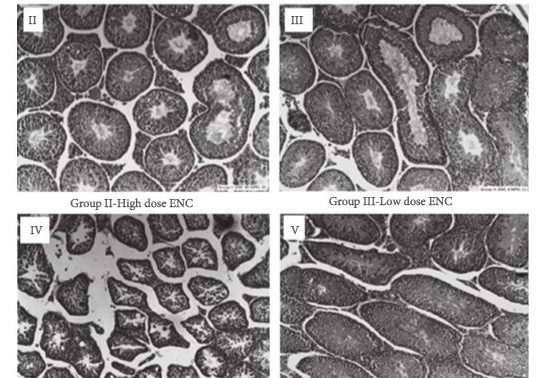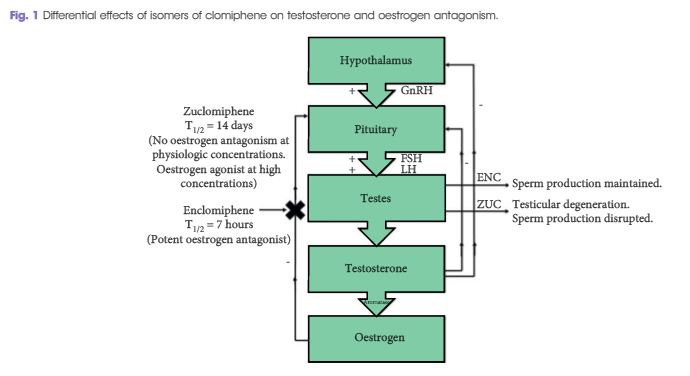Divided by more than a common language
At its simplest, hypogonadism manifests as (abnormally) low testosterone levels, which require effective clinical intervention; however, there is little or no consensus on the definition, diagnosis and treatment of the condition. Indeed, at least in the USA, the issue of the (ab)use of testosterone replacement has been under the microscope because of a hypothesis, albeit flawed, linking it to increased cardiovascular risk. The need for consensus on the management of hypogonadism is increasing almost in front of our eyes as a result of the link with the metabolic dysfunction associated with the increase in diabetes and/or obesity in the general population. With this background, an international panel representing the disciplines involved in the management of hypogonadism was convened; the output of the group, in terms of definition and patient management, is reported in this month’s issue of BJUI [1].
Apparently, the need for effective intervention is more critical than one would necessarily assume. Not only is there a hypogonadism ‘epidemic’, linked to the fattening of our population, but there is no globally approved treatment for secondary hypogonadism (2HG) i.e. that form not associated with testicular failure. Epidemiologists warn that 2HG is in fact the predominant clinical representation, being roughly six times as common as primary hypogonadism.
The conclusions of the recent consensus panel are neither more nor less appropriate nor scholarly than those of other groups, e.g. the Endocrine Society, BAUS, AUA or SMSNA, but their value is as a timely reminder that unless there is clinical consensus on the disorder it is practically impossible to design regulatory authority-proof clinical trials to ensure drug approval. Ironically the most effective treatment strategy in many instances would be lifestyle intervention, but we all know how compliant men are when diet and exercise are recommended.
Returning to drug treatment, the panel does emphasize the critical importance of distinguishing between the different aetiologies of primary hypogonadism and 2HG. Although testosterone replacement therapy is usually appropriate in the treatment of primary hypogonadism, it may be inappropriate in the treatment of 2HG. Because of negative feedback in this situation testosterone replacement can reduce spermatogenesis and testicular function. This clinical phenomenon is exemplified by the phase III data from two clinical trials presented by Kim et al. [2] in this issue of BJUI. Compared with placebo, testosterone replacement produced substantial reductions in spermatogenesis and testicular function. Bearing in mind that many men with androgen deficiency may well wish to preserve fertility, testosterone replacement could therefore in fact be counterproductive. The trials by Kim et al. also showed that, by comparison, the selective, centrally active, oestrogen antagonist, enclomiphene, could normalize testosterone levels while maintaining testicular function and spermatogenesis.
In many ways, assuming eventual regulatory approval, enclomiphene could represent the optimum therapy for 2HG, preferably as an adjunct to lifestyle modification, i.e. dietary manipulation and exercise. Unfortunately, at least in the USA, the regulatory authority appear not to recognize 2HG as a condition that merits treatment. Pressure from the clinical community could influence this attitude.





